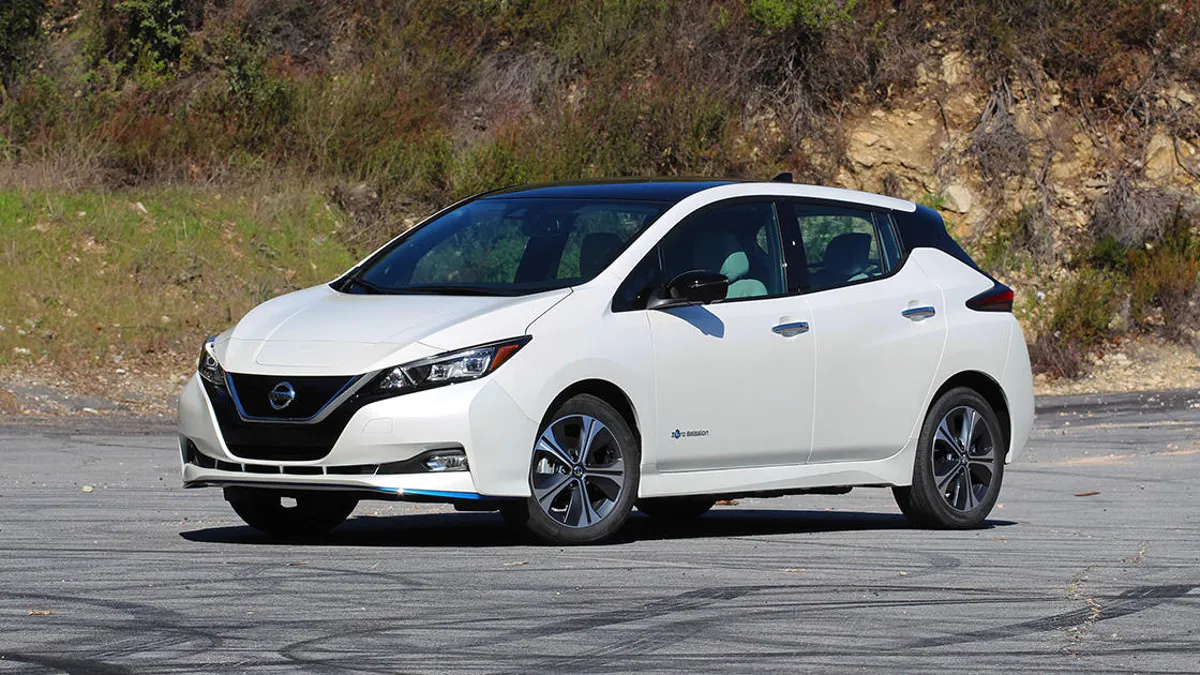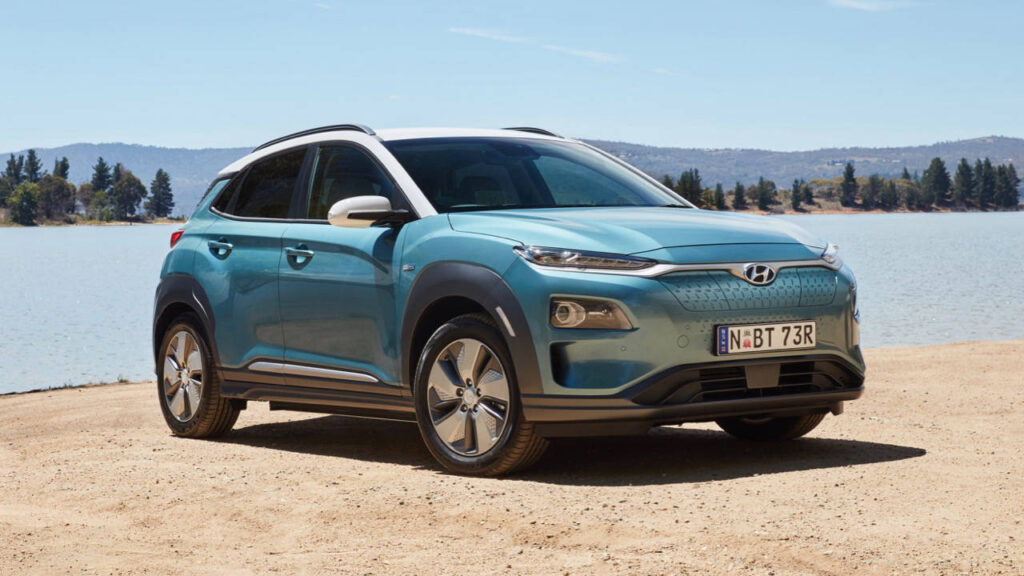Everyone’s talking about electric cars. Fewer moving parts. Instant torque. Zero emissions. All great on paper. But here’s what no one’s really talking about:
What happens after 100,000 miles?
That’s when the honeymoon ends. You’re out of warranty. Repairs aren’t hypothetical. Charging habits matter. And suddenly, you’re about to find out whether your EV is a long-term champion or a ticking battery bill.
We dug into real-world long-term EV data, owner reports, battery health logs, service records, and fleet usage studies to uncover the most reliable electric cars in 2025 after six figures on the odometer. This is the list you actually need if you’re planning to buy used, or if you just want to keep your EV well past the warranty window.
What Makes an EV Reliable After 100,000 Miles?
Reliability in an electric car looks different than it does in a gas-powered vehicle. Here’s what you should really be asking about when shopping used or tracking long-term performance:
Battery Health
You’re not replacing an EV battery casually. You want at least 85 percent state of health (SOH) after 100K miles.
Motor and Inverter Durability
EV motors generally hold up better than combustion engines, but some early models had inverter failures or cooling issues.
Suspension and Ride Quality
Heavy EVs wear through bushings and shocks faster than you’d expect.
Charging Speed Retention
Some batteries slow down charging speeds with age. A car that once peaked at 120 kW might now do 65–80 kW.
Interior and Electronics
Touchscreens, HVAC controls, and heated seat elements often wear out faster than drivetrains.
The Most Reliable EVs After 100,000 Miles
These models have proven themselves with high-mileage owners. They’ve been tested through winters, work commutes, road trips, and real wear-and-tear. All still hold strong on battery life, drive quality, and daily usability.
Tesla Model 3 Long Range (2018–2021)
Battery health at 100K: 87–91%
Charging speed: Still 100–120 kW at Superchargers
Known issues: MCU screen yellowing (early builds), door seals, trim fit
Tesla’s most mass-market car is also its most proven. The drivetrain is nearly bulletproof. Owners regularly report 100K+ miles with no major repairs, and many are still using their original battery packs with minimal range loss.
What we think:
The best long-haul EV under $25K in the used market. Supercharger access and high resale value make it a smart buy, even at six figures.
Chevrolet Bolt EV (2017–2021)
Battery health: 88–93% (many have new batteries from the recall)
Charging speed: 50 kW max, still consistent
Known issues: Infotainment glitches, seat wear, cabin noise
Post-recall Bolts are built like appliances: simple, durable, and efficient. No heat pump, no AWD, but very few failures. Battery degradation is minimal, and powertrain issues are rare. Not flashy, but dependable.
What we think:
One of the best values in the used EV market. Runs cheap, charges slow, but just keeps going.
Hyundai Kona Electric (2019–2022)
Battery health: 88–91%
Charging speed: Up to 75 kW DC fast
Common issues: Suspension squeaks, tire wear, infotainment lags
Hyundai went conservative with early EVs—and that’s a good thing. The Kona Electric has aged well. Range holds strong, even after four or five winters, and there are very few reports of drivetrain or battery issues.
What we think:
Excellent used option for under $20K. Reliable battery, decent winter range, and minimal maintenance costs.
Tesla Model S Long Range (2016–2018)
Battery health: 85–90% at 100K
Charging speed: Still 90–110 kW if well-maintained
Known issues: Air suspension repairs, MCU screen bubbling (early units)
Older Model S cars were built to last. These cars often rack up 150–200K miles with no major powertrain issues. Just be prepared for the occasional suspension job or display replacement. Still offers luxury comfort, long-range, and strong reliability.
What we think:
The best highway cruiser if you can live with some age-related quirks. Supercharger access and long-term battery stability make this a solid road trip EV even in 2025.
Hyundai Ioniq Electric (2017–2020)
Battery health: 90–95% (small battery, low stress)
Range: ~110 miles real-world
Charging: Slow, but consistent
Common issues: None worth noting
One of the most overlooked used EVs out there. The Ioniq Electric is dead simple. Small battery, light chassis, low draw. This car doesn’t do anything fancy — but it also doesn’t break. With proper care, it’s one of the cheapest and most reliable electric cars you can own.
What we think:
Great second EV or city commuter. You won’t win any drag races, but it’ll outlast cars twice the price.
Nissan Leaf Plus (2019–2022)
Battery health: 82–88% (depends on climate and charging habits)
Charging: CHAdeMO (slower support), still works reliably
Known issues: HVAC wear, seat material aging, weak fast charging network
The Leaf’s biggest flaw is lack of active thermal management, which leads to faster degradation in hot climates. But in northern regions, the Leaf Plus actually holds up fine — and the drivetrain rarely fails.
What we think:
Not ideal for long-distance winter travel, but a good cheap local EV for people who stay under 100 miles a day. Just be sure it’s from a mild climate with clean service history.
Jaguar I-PACE (2019–2020)
Battery health: 85–90%
Charging: 80–100 kW DC
Known issues: Infotainment bugs, 12V battery issues, HVAC glitches
Despite its messy launch, the I-PACE has proven more durable than expected. The battery ages well, it drives like a luxury SUV, and there are plenty of used units under $30K. Just make sure all software recalls and service campaigns have been completed.
What we think:
One of the most comfortable high-mileage EVs. If you can find a well-serviced one, it’s a hidden gem.
The Most Common Issues in High-Mileage EVs
Even reliable electric cars will need attention after 100K miles. Here’s what we see most often:
Suspension wear: bushings, sway bar links, and shocks all go faster on heavy EVs
Infotainment bugs: touchscreen and cluster failures, especially on early Tesla and GM systems
Charging port wear: latch motors and covers can fail with heavy use
Heat pump or A/C: in cold climates, these parts often wear down faster
12V battery failure: this small battery runs electronics and fails like it does in gas cars
These issues are usually fixable and far cheaper than engine or transmission repairs on ICE vehicles — but still worth budgeting for.
What We Think
If you’re shopping used or planning to keep your EV for the long haul, these are the cars that hold up. They don’t just survive 100,000 miles — they stay strong, charge reliably, and give you confidence every day.
The Tesla Model 3 Long Range and Chevy Bolt lead in value and reliability. The Hyundai Kona and Ioniq quietly outperform expectations. And even the older Model S and Jaguar I-PACE show that high-mile luxury EVs are finally within reach — and worth considering.
Do your homework. Always ask for battery health data. Check the charging behavior. And don’t let a six-figure odometer scare you off the right EV.
Coming up next on BidForAutos.com:
Best Used EVs for Long Highway Commutes
Electric SUVs With Heated Everything
How to Spot a Bad Battery in a Used EV
Have a high-mile EV story to share? Tag us @BidForAutos or drop it in the comments. We love hearing from real drivers.







